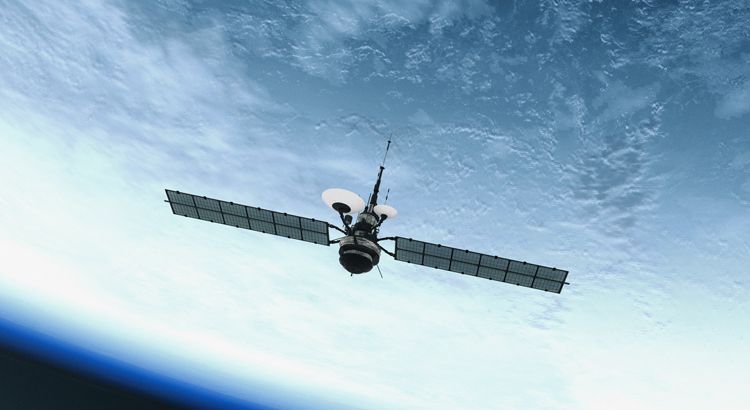
IMS 2018 Re-Cap
Mario LaMarche
June 25, 2018
It was a week of cheese steaks, US history, and ten thousand RF and microwave professionals. The International Microwave Symposium, or IMS, is an annual event that brings together the latest research from academia, hundreds of companies, and presentations from the most knowledgeable experts. This year we all gathered in downtown Philadelphia to learn what’s new in the industry.
On the commercial side there was major activity around 5G, including a summit that featured talks by Facebook’s head of connectivity and a VP from AT&T. While I didn’t have a chance to attend the sessions, they included an overview of 5G and details such as microwave architectures, software defined systems, testing considerations, and the trade-offs between different semiconductor technologies.
The 70 technical sessions included a wide range of topics such as passive circuits, multi-physics modeling, radar beamforming, and microwave circuit design. Additionally, there were in-depth talks by medical professionals describing the results of the collaboration between doctors and engineers that enabled technologies such as treatments for hypothermia and advanced imaging.
While most of my time was spent at the trade show, I managed to attend a few sessions on radar and broadband power amplifier design. In addition to the standard radar applications, the presenters described uses such as measuring vibrations in the throat to record speech in a noisy environment, quantifying the amounts of particulates in the air, and analyzing water surface characteristics. The broadband amplifier talks included several clever ways to optimize both power and bandwidth.
Across the hall from the talks was a particularly interesting exhibit that displayed some examples of early RF electronics such as an AN/GRC-13 transceiver from the late 1940s. Skipping ahead a few decades was a solid state noise source from the 1960s and an X-band transmit/receive MMIC from the 1980s. It was impressive to see the speed of the developments from the early tube radios through MMIC technology and to the present. However, to see examples of the current technology was just a short walk to the exhibition.
Over 600 companies setup booths for the trade show. The setup alone is quite the process to see. With forklifts zipping past and the expansive concrete floor covered with wooden crates, it took less than a day to transform the empty space into the organized rows of booths. There were suppliers of capacitors, ICs, amplifier modules, integrated sub-systems, test equipment, software tools and assembly services. Some of the companies produce aircraft while another develops smart phones. The Mercury Systems booth included examples of RF and microwave components and integrated products as well as an OpenRFM module.
As I staffed the Mercury booth, I had the opportunity to meet with suppliers and customers. During these interactions, I observed some familiar trends. In the defense industry, we are seeing interest in GaN technology, compact highly integrated products and the need to leverage commercial technology.
As the show wrapped up, the booths were dismantled as quickly as they were setup. Some people rushed to the airport to catch flights while others spent an evening exploring Philadelphia to see the historic buildings, the liberty bell, and of course, trying a Philly cheese steak. Looking forward to seeing everyone again next year at IMS 2019 in Boston! 








 Enabling a Trusted Domestic Microelectronics Ecosystem
Enabling a Trusted Domestic Microelectronics Ecosystem